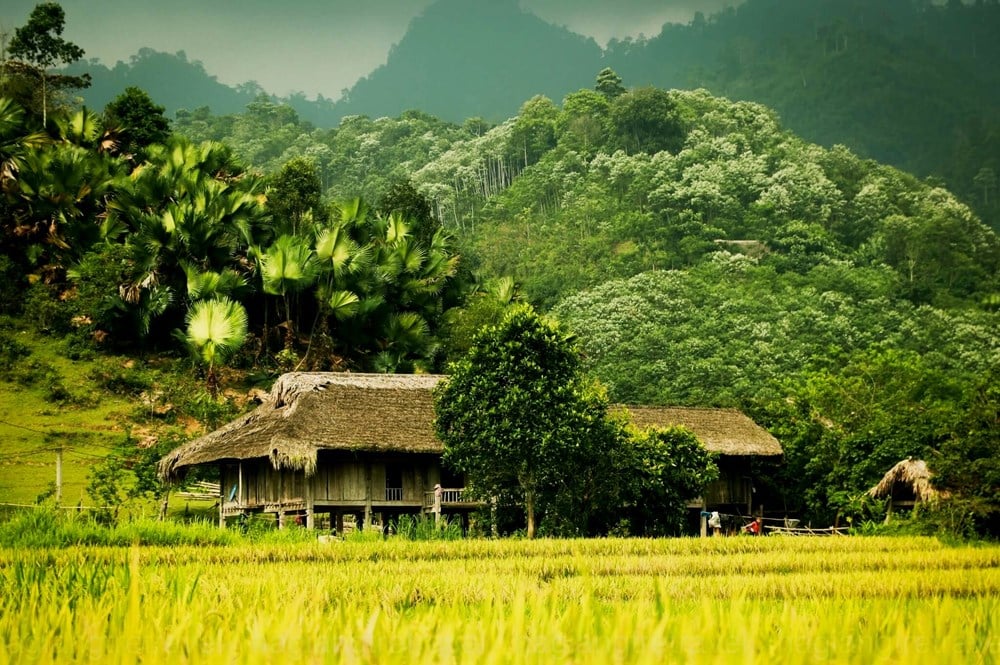
Khun Village (Tuyen Quang) is supported by ST4SD Project to develop sustainable tourism .
In the context of the global shift towards a green and sustainable development model, Vietnam's tourism industry is no exception to that inevitable flow.
Many important solutions come from the Swiss Tourism for Sustainable Development (ST4SD) Project - an initiative that has spread not only in Vietnam but also in many developing countries around the world .
As a country with the most developed tourism industry in Europe but still retaining its pristine beauty and identity, Switzerland has long been a model of sustainable tourism.
This country is famous for its policies of “greening” tourism products, harmonizing exploitation and conservation. Swiss hotel management models, human resource training, destination building and especially green tourism certification have become international standards.
The ST4SD (Swiss Tourism for Sustainable Development) project is part of a strategy to support partner countries, especially developing countries, to access and practice sustainable tourism according to international standards, with the support of technology, knowledge and resources from Switzerland.
Vietnam on the journey of sustainable tourism development
In Vietnam, the ST4SD Project was officially launched at the end of February 2025. After only half a year of implementation, the first activities have initially left important marks.
In particular, Ha Giang (now Tuyen Quang) was supported to complete its application for the World's Best Tourist Village according to UN Tourism's criteria, a move not only to promote the local image but also to promote the standardization of community tourism products.
Quang Nam (now Da Nang) completed the set of criteria for green tourism certification according to international standards, contributing to building a green tourism model that can be replicated in other localities.
Swiss high-level hotel management training in Vietnam, helping to improve operational capacity according to international standards for Vietnamese tourism human resources.
Survey and deploy sustainable tourism destinations in potential areas such as Khun village (Tuyen Quang), Sa Dec (former Dong Thap), Hoi An (former Quang Nam).
In particular, the training course on sustainable tourism for managers, businesses and communities in Tuyen Quang has created initial spread, helping to raise awareness and form a core team for this long-term journey.
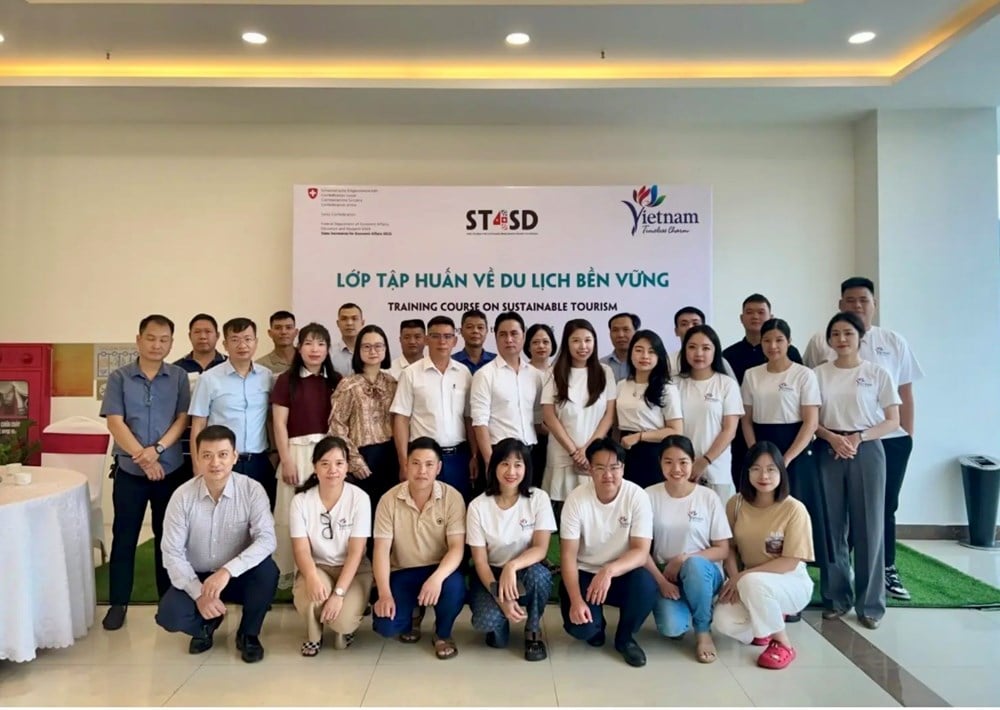
ST4SD Project Organizes Training Courses on Sustainable Tourism in Vietnam
Experience from other countries
Not only in Vietnam, the Swiss ST4SD Project also makes its mark in many developing countries.
In Nepal, the project supports tourist villages in the Himalayan mountains to build homestay models that meet international standards while still maintaining the local lifestyle. As a result, community income increased by 35% within 2 years, while the environment and culture were strictly protected.
ST4SD accompanies the Cusco government (Peru) in controlling the number of visitors to Machu Picchu, applying digital technology to manage the passenger load, and at the same time developing additional satellite tourist routes to reduce pressure on the main destination.
The project helps ancient villages in the Atlas Mountains (Morocco) build tourism products to experience organic agriculture and cultural walking, thereby turning once-forgotten communities into attractive destinations for international tourists who love responsible tourism.
These successful models show that sustainable tourism is not only an environmental story, but also an economic problem linked to community benefits and preserving cultural identity.
Solutions for Vietnam tourism
From the practical implementation of the ST4SD Project, in order for Vietnamese tourism to truly go into depth, develop sustainably and reach international standards, there needs to be synchronous solutions: Building a set of national sustainable tourism standards; Developing a network of typical tourist villages; Training human resources according to international standards; Promoting digital transformation and smart governance; Communicating about sustainable tourism in an attractive way;
Vietnam needs to soon issue a set of "National Green Tourism Label" standards based on international references, but suitable for Vietnam's practical conditions.
This criterion is not only for accommodation establishments, but must be extended to destinations, travel businesses and experience products.
Joining the UN Tourism “Best Tourism Villages” network is an opportunity for Vietnam to connect with the world tourism village community, learn and enhance its image.
However, it is necessary to build a national sustainable tourism village network as a basis for participating in international programs in a systematic manner, avoiding formalism.
Sustainable tourism cannot be separated from high-quality human resources. Vietnam needs to coordinate with Switzerland and international partners to design “Swiss-Plus” training programs, which are both Swiss-standard and suitable for Vietnamese practice, helping students to work in an international environment while still maintaining local characteristics.
Applying technology to destination management, monitoring passenger load, distributing seasonal passenger flows, and using big data to make policies is something that needs to be implemented more strongly. This is also a trend that successful models in the world have applied.
Changing tourists’ consumption habits requires a clever communication strategy. Sustainable tourism cannot just be about “protecting the environment” but must tell stories that touch people’s hearts: about villages revived by tourism, about businesses committed to responsible development, about slow but profound travel itineraries.
The ST4SD project is not simply an aid project, but a “push” for Vietnam to embark on a journey of green, smart, and responsible tourism. From models in Tuyen Quang, Sa Dec, and Hoi An, if exploited and expanded, Vietnam can completely become a bright spot in the region in sustainable tourism development.
It is both a trend and the only choice to ensure the long-term development of the tourism industry, in harmony between economic, community and environmental benefits.
Source: https://bvhttdl.gov.vn/du-lich-viet-nam-va-bai-toan-phat-trien-ben-vung-20250716164515902.htm




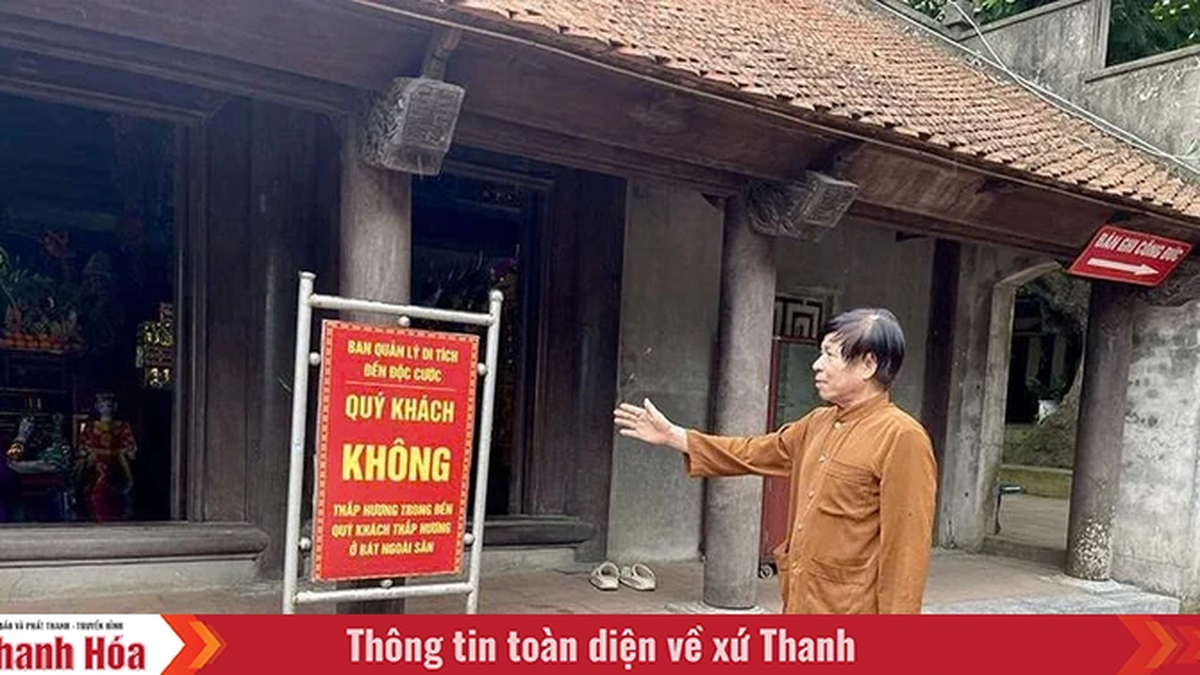
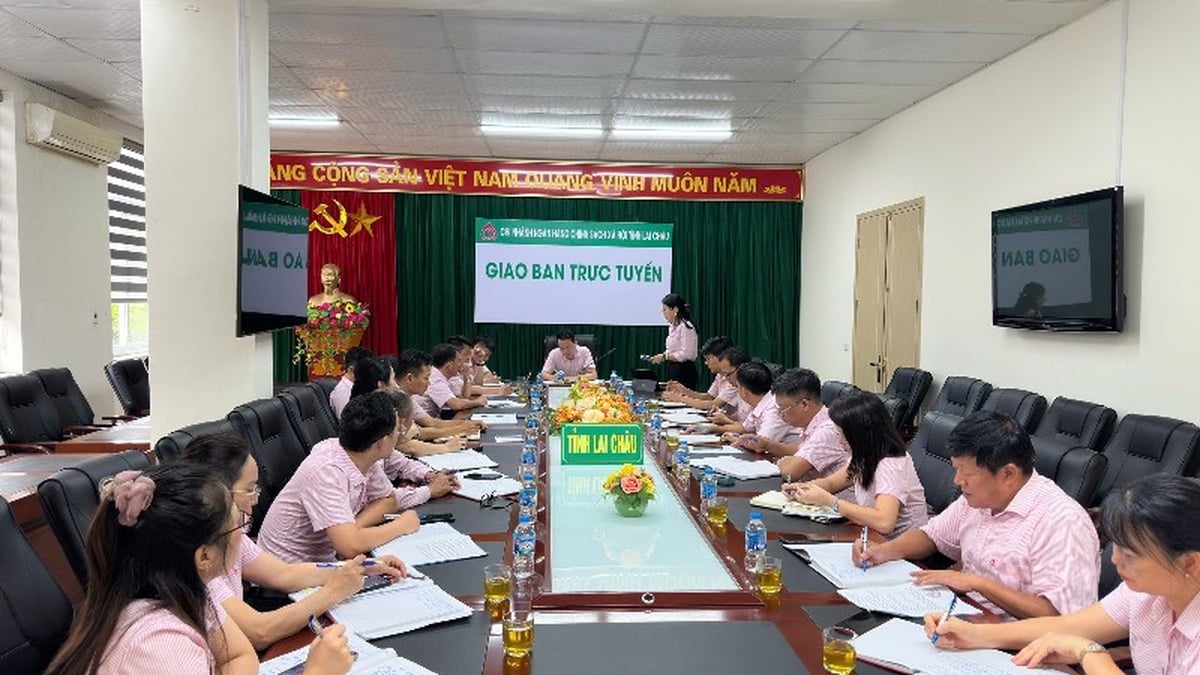
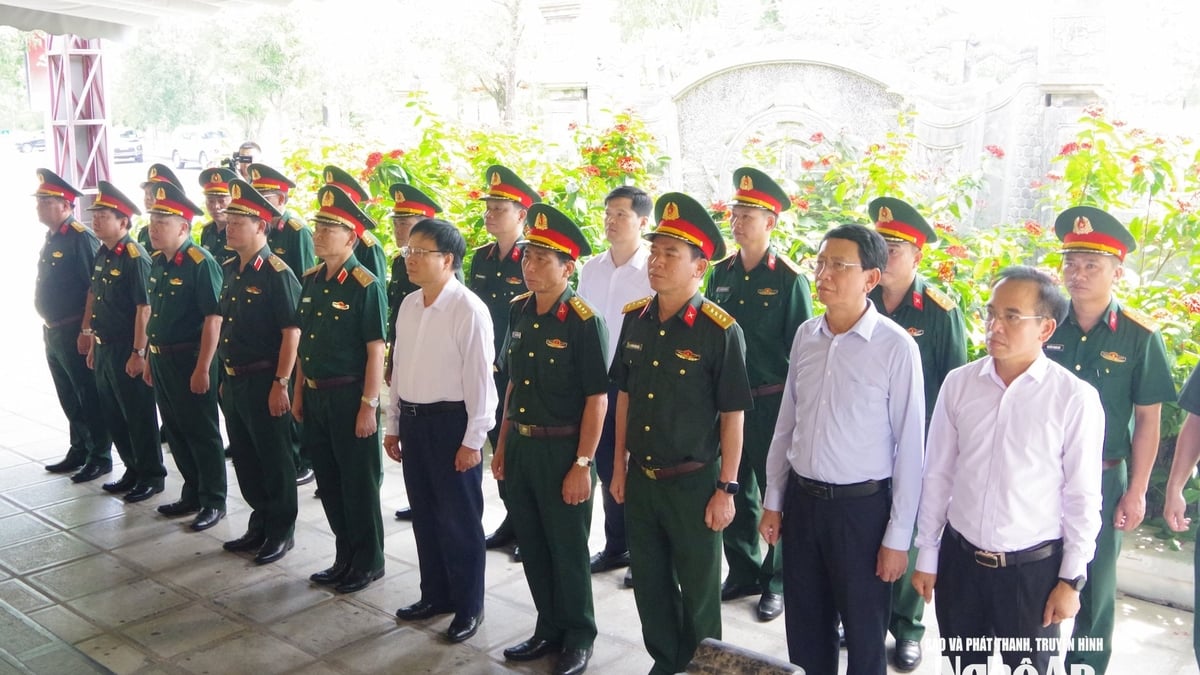
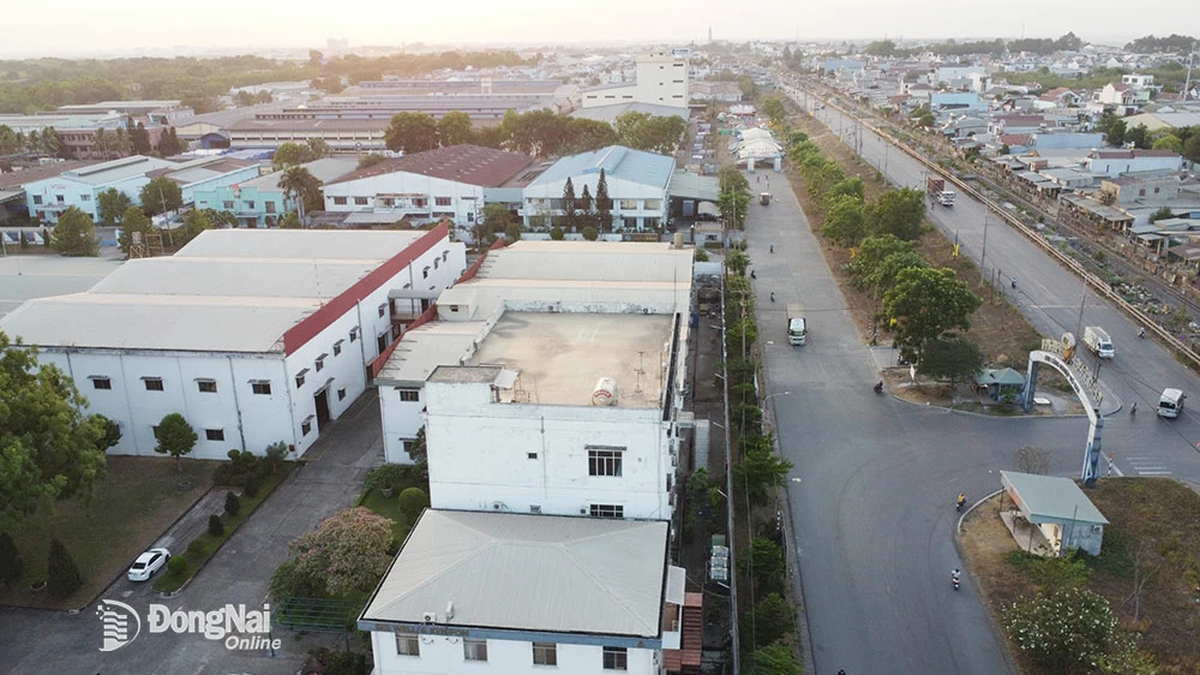
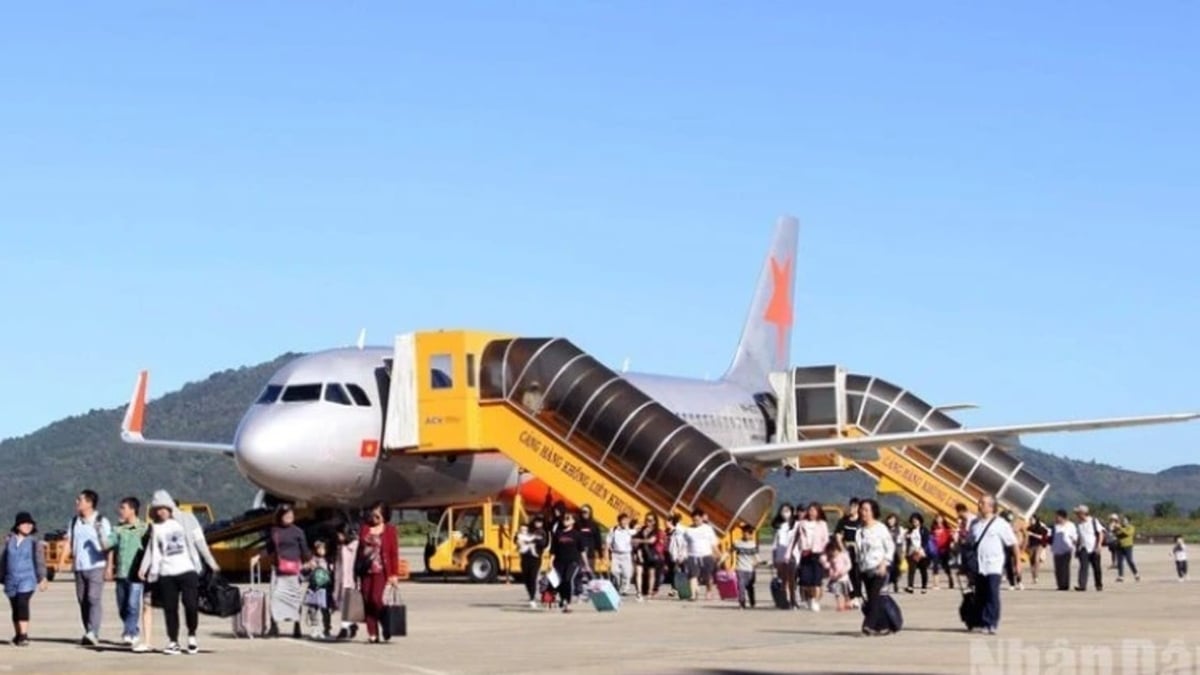
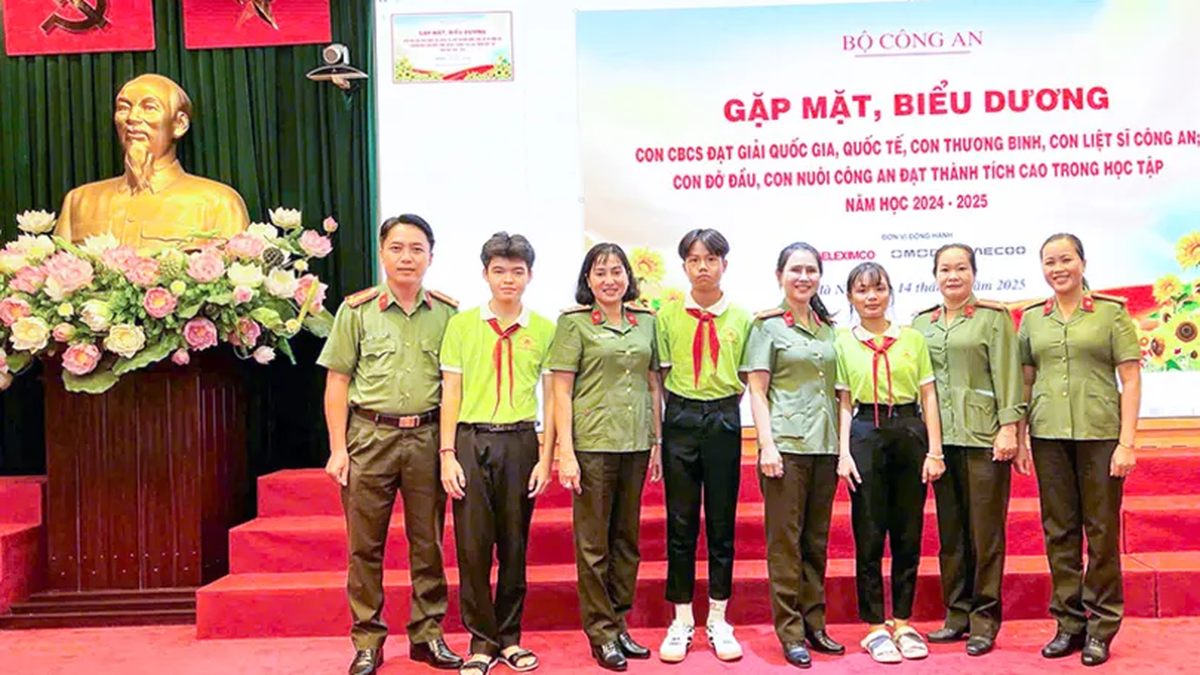
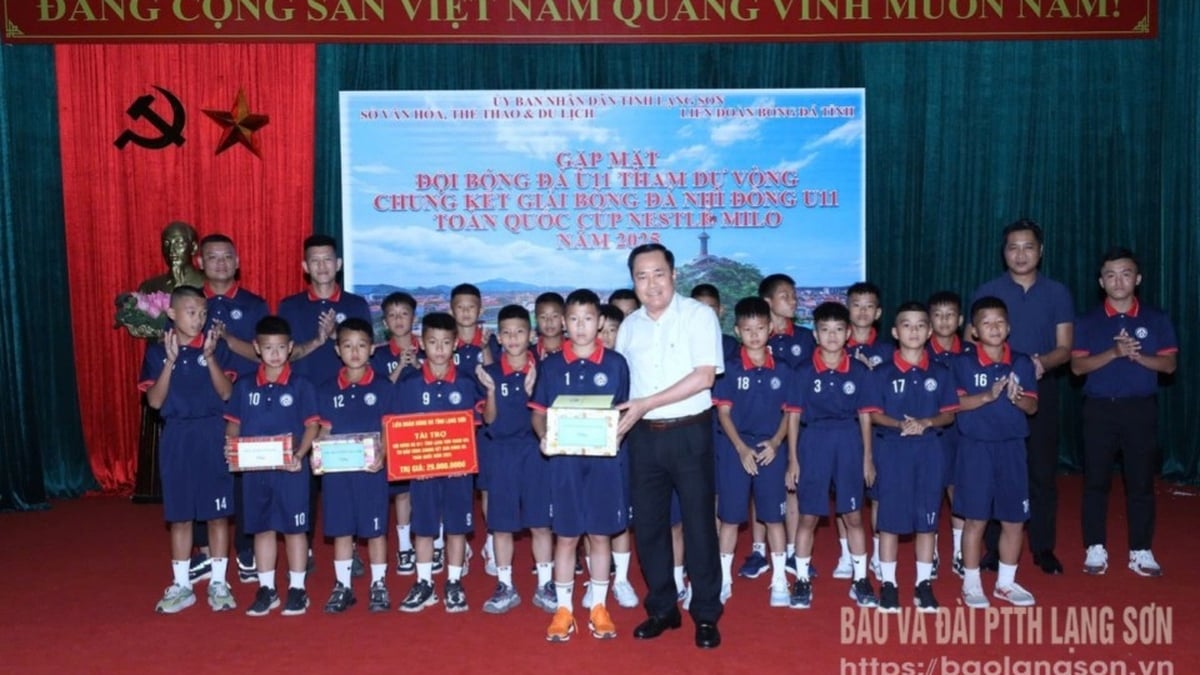









































![[Maritime News] More than 80% of global container shipping capacity is in the hands of MSC and major shipping alliances](https://vphoto.vietnam.vn/thumb/402x226/vietnam/resource/IMAGE/2025/7/16/6b4d586c984b4cbf8c5680352b9eaeb0)












































Comment (0)